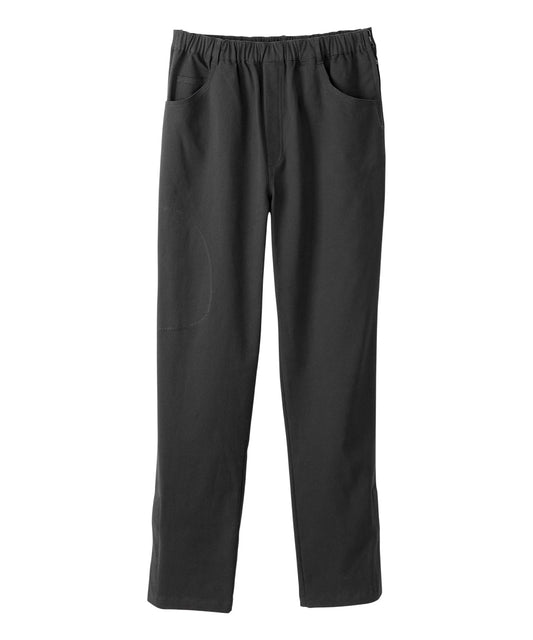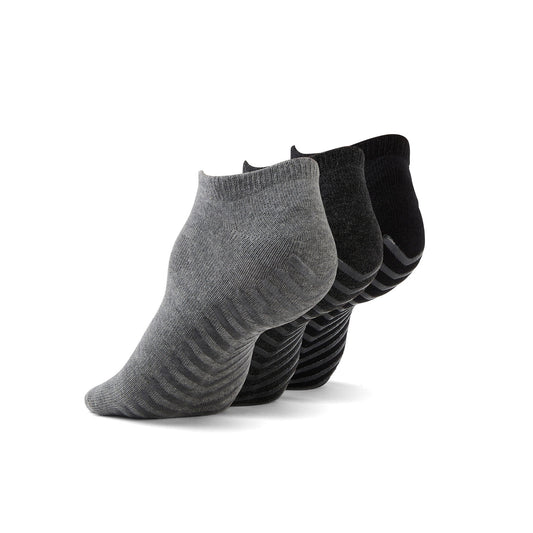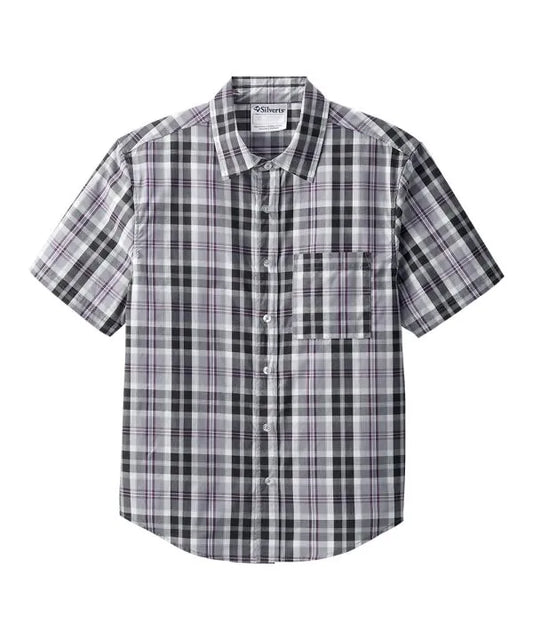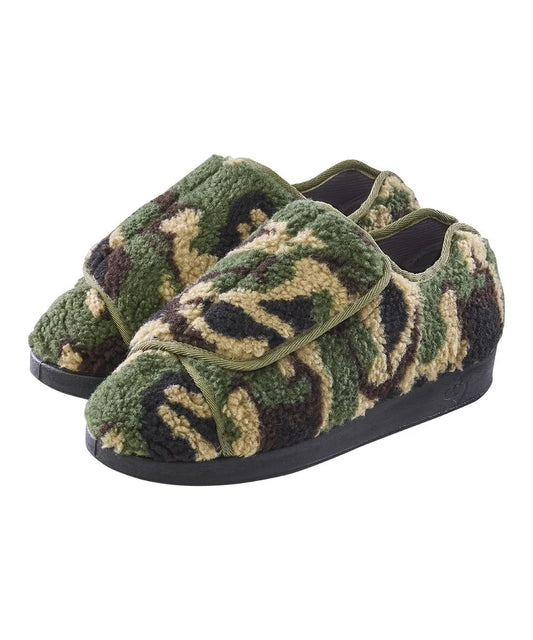By Daian Gan
Physical therapy, doctor's appointments, and rest aren't the only things involved in recovering from joint replacement surgery. Your comfort, self-esteem, and capacity for recovery are all significantly influenced by the clothes you wear on a daily basis. After a joint replacement, clothing is more than just style; it's a fabric and design statement that embodies independence, dignity, and functionality.
There are phases of your recovery where wearing the appropriate clothing can greatly ease everything from walking to dressing, regardless of whether you had a hip, knee, or shoulder replaced. However, fashion is also a means of expressing oneself. You deserve to feel like yourself, not like a patient confined to baggy sweatpants, even while you're recovering. The best qualities to look for in adaptive clothing, where to find it, and how to confidently return to your regular wardrobe are all covered in this guide.
Timeline For Post-Op Clothing Needs
Your clothing needs and recovery from joint replacement surgery occur in stages. This is a summary of what to anticipate when you transition from a hospital bed to complete independence.
Week 1–2: Hospital & Early Recovery
Comfort and accessibility are crucial in the first few days following surgery. Swelling, restricted movement, and surgical dressings that require inspection are all likely to be present. The following should be prioritized in clothing at this stage:
-
Loose fits that avoid pressing against incisions.
-
Designs that are simple enough for medical personnel to examine wounds.
-
For safety, wear non-slip shoes or socks when walking short distances with help.
-
Consider oversized button-front pyjamas, hospital gowns, or adjustable open-back tops that ease the strain of dressing.
Week 3–6: Home Recovery & Physical Therapy Begins
You'll want clothing that makes getting dressed easier on your own once you're settled back home. For instance:
-
Waistbands that are elastic and don't press against sensitive knees or hips.
-
Pants with a side opening that slide on while seated.
-
Cardigans or hoodies with a zipper front for layering without raising your arms overhead.
-
Lightweight sportswear that is simple to put on and take off is helpful because you will also be going to physical therapy.
Week 7–12: Increasing Mobility & Independence
You'll see significant progress at this point. You might feel more comfortable moving around and begin to use fewer mobility aids. That progress should be reflected in your attire:
-
Fabrics that stretch with you and are softer and more flexible.
-
Supportive footwear that lowers the risk of falls.
-
Hands-free alternatives such as slip-on sandals or step-in sneakers.
Many people start reintroducing their personal style and trying to dress themselves during this phase.
Beyond 3 Months: Transitioning Back
Most people are able to resume many of their regular activities by this point. Comfort is still crucial, even if you feel like you can wear more form-fitting clothes again. If they have some stretch, tailored pants might work. As shoulder movement improves, button-down shirts get easier.
However, because they're just more convenient and comfortable than conventional options, you might end up making adaptive jeans or slip-on shoes your go-to items for life.
Best Features For Recovery Wear
When it comes to recovering from surgery, not all clothing is made equal. The grip on a pair of shoes, the stretch of the fabric, or the way a shirt opens can all have a big impact on your comfort and independence. After joint replacement, some design elements are particularly beneficial because they ease the burden on your healing body and make getting dressed independently simpler.
-
Easy Closures
You might be surprised to learn how important a garment's opening and closing are. The pain of lifting your arms, bending at the hip, or twisting sore joints can be avoided with strategically placed buttons, zippers, and snaps. Side-zipped pants, like the pair of Men’s Pants with Size Zipper from June Adaptive, are easy to put on from a seated position, and magnetic closures are particularly helpful after shoulder surgery when overhead arm movement is restricted. Another benefit of Velcro fastenings is that they let you modify the fit as swelling changes throughout the day.

-
Soft, Stretchy Fabrics
Closures and fabric selection are equally crucial. Stiff materials can irritate your skin and the surgical site, and your skin may feel sensitive after surgery. Because they move with your body rather than against it, soft materials like jersey knit, bamboo, and cotton blends are perfect. For example, the Women’s Knit Nightgown with Back Overlap is made of jersey knit for comfort. Additionally, wearing stretchy clothing reduces the physical strain of dressing by enabling you to put clothes on and take them off without making awkward motions.

-
Adaptive Designs
Adaptive apparel is designed especially for patients with restricted mobility or those recovering from surgery. Side-opening pants are easy to put on from a seated position, and open-back shirts allow you to dress without raising your arms overhead, which is helpful after shoulder replacement. Extra-wide shoes, such as the pair of Women’s Extra Wide Comfort Shoes from June Adaptive, reduce swelling and avoid painful pressure points. These designs are discrete and useful, and they frequently go well with regular clothing.

-
Non-Slip Footwear
Since stability and balance may be impaired during recovery, shoes are an essential component of safety. Walking becomes safer when wearing non-slip shoes with wide bases and supportive soles. Step-in sneakers or slip-on shoes are particularly practical since they remove the need to bend over and tie laces, which is frequently discouraged during the initial stages of recovery.
-
Layering Options
As your body temperature changes during recovery, layering is a simple way to stay comfortable. Zip-up sweatshirts, cardigans, and wraps are much more practical than tight pullovers because they are easy to put on and take off. By preventing needless strain, layers also provide you with comfort and assurance during your recovery.
Where To Find Joint-Replacement Clothing
When recovering from joint replacement surgery, you don't have to start wearing new clothes. Adaptive and recovery-friendly options that are useful and still look fashionable rather than clinical are now available at many stores. Fashionable items like side-zip pants, open-back tops, and slip-on shoes that go well with daily attire are available from specialized adaptive brands like June Adaptive.
How To Dress Independently After Surgery
One of the most significant milestones following joint replacement surgery is independence. In addition to saving time, being able to dress oneself gives one back control and self-respect. Small victories, such as putting on pants without assistance, can increase self-esteem and signal healing progress.
Basic dressing tools can greatly simplify the procedure. Pulling on pants or tops without bending or twisting is made easier with a dressing stick. After hip surgery, sock aids are especially helpful because they let you put on socks without reaching down. With the help of long-handled shoehorns, you can put on shoes while seated, ensuring controlled and safe movements.
You can also protect your healing joints by using certain techniques. For example, always dress the surgical side first and undress the non-surgical side first when having a hip or knee replacement. While getting dressed, sitting down increases stability and reduces the chance of falling. Tops with stretchy materials, loose sleeves, and front openings are also beneficial for patients undergoing shoulder replacement.
It's also critical to strike a balance between dignity and comfort. The easiest thing to do is to remain in your pyjamas, but getting dressed for the day, even if it's just a casual dress or a pair of joggers, shows progress and promotes emotional health. You may even feel more motivated to continue your recovery if you look put together for physical therapy.
Transitioning Back To Regular Clothes
Recovery attire eventually becomes optional. However, a lot of people discover that they have become accustomed to the ease and comfort of adaptive clothing. Making the transition back doesn't mean giving up on what works; rather, it means incorporating your personal style in a way that feels right while still incorporating useful recovery pieces.
Step 1: Reintroduce Style Slowly
Start with easy swaps, like switching from pull-on joggers to stretchy jeans or from adaptive tops to button-down shirts made of soft materials. By taking things slowly, you avoid feeling constrained or frustrated and allow your body to acclimatize to clothing that takes a little more work.
Step 2: Keep the Favorites
Because they are useful for daily life as well as recovery, items like cardigans, slip-on shoes, and elastic waistbands may end up staying in your closet forever. Even after mobility improves, many people find that these pieces are a simple choice because they are not only comfortable but also adaptable.
Step 3: Consider Long-Term Mobility
Adaptive clothing doesn't have to be temporary if your joint replacement permanently restricts your range of motion. Nowadays, a lot of designs are so understated that they will pass for contemporary, minimalist clothing without anyone noticing they are adaptive. Long-term dressing can be made easier without compromising style by rotating these options.
Step 4: Embrace Your New Confidence
Dressing oneself after surgery is about more than just getting dressed; it's about getting your independence back. Feeling stylish again reinforces the progress you’ve made, and it can boost your confidence in social settings as you return to your usual activities. Dressing turns into a daily reminder of your progress.
Conclusion
Fashion after joint replacement isn’t about choosing between looking good and feeling comfortable. It’s about finding clothing that does both. From hospital gowns to adaptive wear to transitioning back into your favorite jeans, every stage of recovery is easier when your wardrobe supports you.
Purchasing adaptive clothing is an investment in your recovery, self-reliance, and self-assurance. Whether it's open-back tops that ease dressing pain, elastic waist pants that allow you to move freely, or slip-on sneakers that make daily walks easier, the correct attire not only makes recovery bearable but also empowering.
To discover more adaptive fashion ideas and accessible solutions, sign up for the June Adaptive newsletter. You’ll get firsthand updates on the newest products and recovery-friendly styles.















